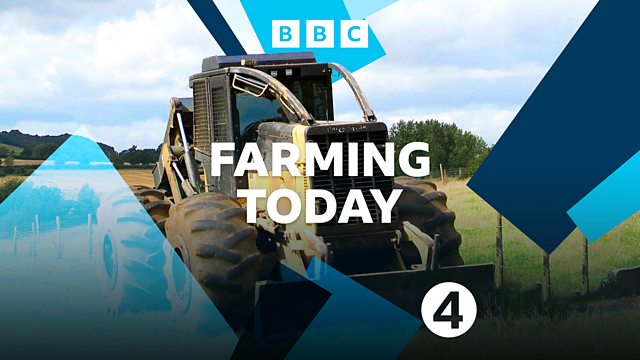29/4/25 Energy infrastructure, growing pulses for animal feed, horticulture report
New report compares costs of getting energy from windfarms and solar farms to the national grid. Underground cables are around 4.5 times more expensive than pylons.
One of the government's major objectives is to deliver greener energy across the UK; but to do that, thousands of acres of farmland and wider countryside are being affected, as electricity generated from offshore windfarms and solar developments is routed to the national grid. In a new report, the Institution of Engineering and Technology has outlined the specific costs of pylons and cables buried underground and on the seabed. The report estimates in the next decade there will need to be five times more onshore transmission infrastructure than has been built in the last 30 years, and four times the amount that currently exists offshore.
All week we're looking into pulses. Many of us eat peas, beans or lentils as part of our diet. Pulses also make up a major part of animal feed in the form of soya. That comes mostly from South America where rainforest is often cleared to grow it. The Nitrogen Climate Smart Programme is a project looking to replace imported soya with home grown pulses. We visit a farm taking part in trials to grow pulses.
The UK economy could get a boost if everyone ate more UK-grown fruit and veg according to a new report by the Green Alliance, a think tank which works with environmental groups. It says we currently import five sixths of our fruit and half of our veg but expanding horticultural production could add £2.3 billion to the national economy and create more than 20 thousand jobs.
Presenter = Anna Hill
Producer = Rebecca Rooney
Last on
Broadcast
- Today 05:45ÃÛÑ¿´«Ã½ Radio 4
Podcast
-
![]()
Farming Today
The latest news about food, farming and the countryside


